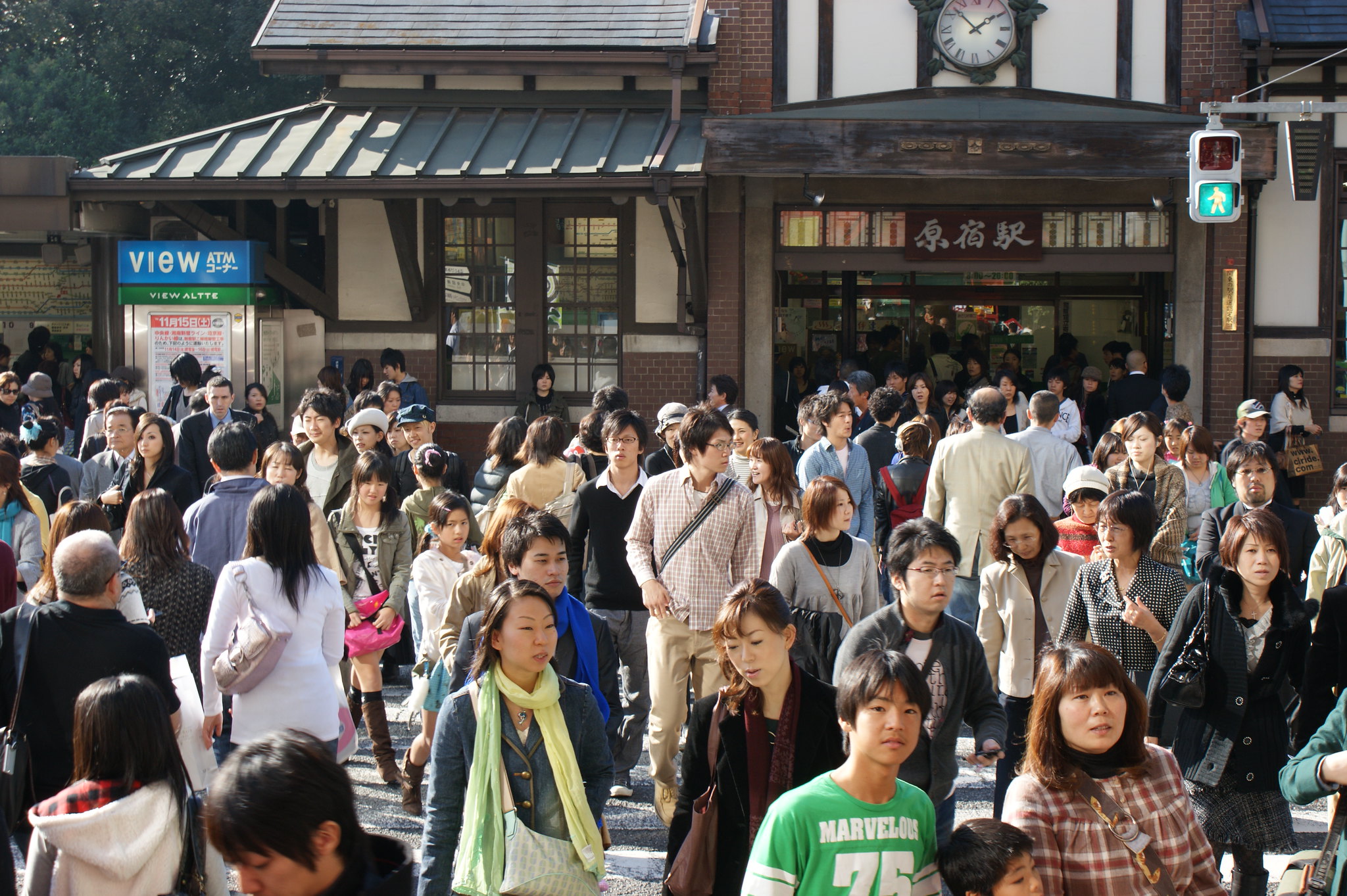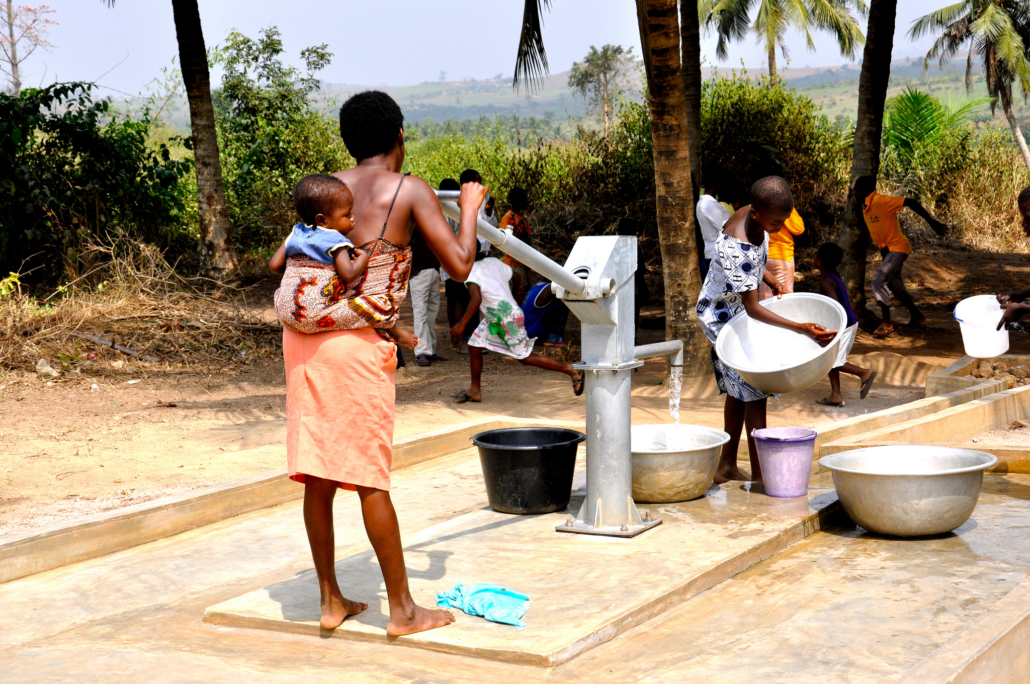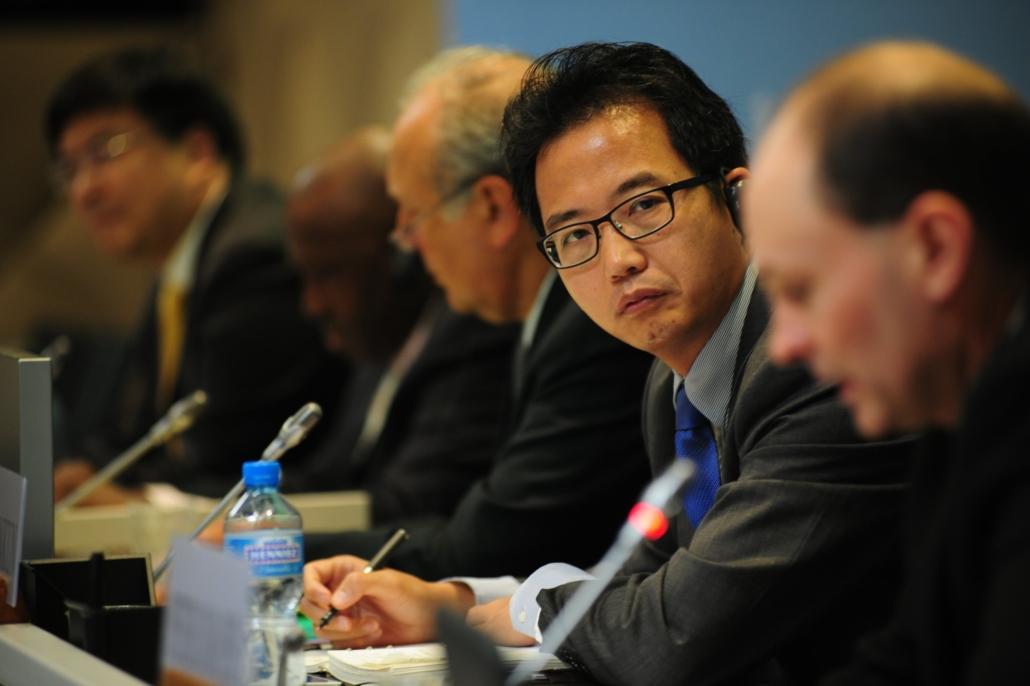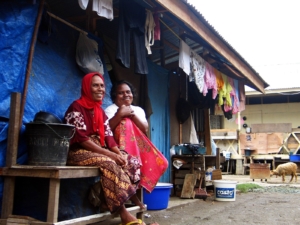 Healthcare in Japan is both universal and low-cost. The country provides healthcare to every Japanese citizen and non-Japanese citizen who stays in Japan for more than one year. Japan’s healthcare system is uniform and equitable, providing equal medical services regardless of a person’s income. Here are five facts about healthcare in Japan.
Healthcare in Japan is both universal and low-cost. The country provides healthcare to every Japanese citizen and non-Japanese citizen who stays in Japan for more than one year. Japan’s healthcare system is uniform and equitable, providing equal medical services regardless of a person’s income. Here are five facts about healthcare in Japan.
5 Facts About Healthcare in Japan
- Everyone has health coverage. Established in 1961, Japan’s universal health insurance sought to provide people with equal access to “necessary and adequate” medical care at low costs. Two key characteristics of Japan’s healthcare are that medical care is affordable and equally accessible to everyone. Citizens can either receive coverage through social insurance if they work for a corporation or through national medical insurance if they are self-employed. Patients and physicians have great freedom in their choices. Patients can choose their own physicians, and physicians are able to freely choose the best procedures, tests and medications they see fit for their patients.
- Insurance plans vary for individuals. Japan has three main forms of health insurance. The first insurance system covers employees who work at companies. Companies deduct insurance premiums for healthcare from employees’ paychecks. The second insurance system covers citizens who are self-employed. Factors such as the individual’s income, the number of people living in the household and any assets determine premiums. The third system is a pooling fund, with premiums coming from the previous two plans for medical costs of people 70 years or older. The three medical plans cover citizens from all backgrounds, ensuring that everyone has access to healthcare. Because everyone has coverage, there are seldom issues of people in low-income households or poverty lacking medical care.
- Payment is through a fee schedule. Patients pay for their medical care through a national fee-for-service schedule. The government sets the schedule, which includes both primary and specialist care fees. Since the fee schedule is uniform and applies to everyone, all providers “share the same prices for medicines, devices and services.” The poor and the elderly also receive government subsidies to pay for their health insurance. This ensures that the poor do not have any disadvantages in receiving medical care.
- Japan’s healthcare plans provide various medical services. The insurance plans include primary and specialty care, visits to hospitals, mental health care and most dental care. Plans also cover prescription drugs that physicians and hospice care approve for the elderly. For pregnant women, the local governments often subsidize check-ups, making it easier for women to access adequate medical care. People with disabilities also get aid from the government. They receive government subsidies to pay for any equipment such as wheelchairs or hearing aids. By making medical care both comprehensive and accessible to disadvantaged groups, healthcare in Japan looks out for the poor.
- Japan’s healthcare is extremely equitable. An individual’s income makes less of an impact in influencing the quality of care in Japan in comparison with many other countries. Because the fee schedule for medical care is uniform across the nation, everyone pays the same prices. Furthermore, physicians receive the same fee from patients with or without government assistance due to government subsidies for low-income people. Therefore, Japan’s healthcare system provides no incentives for physicians to treat patients differently. Everyone receives equal treatment and equal access to medical resources, regardless of their social class. This allows the disadvantaged and people living in poverty in Japan to receive the “necessary and adequate” care that the country’s universal health insurance pledges.
Japan’s healthcare system operates on a national fee schedule and is universal in nature. The fee schedule allows healthcare in Japan to be equitable as well as cost-efficient, ensuring that medical care is available to everyone. It also keeps total health expenditures at a minimum due to its set, uniform fees. Healthcare in Japan demonstrates how people in poverty do not experience exclusion from or have difficulties finding medical care, but rather enjoy equal access to healthcare like everyone else.
– Silvia Huang
Photo: Flickr


 Botswana is a landlocked country in southern Africa. It has actively advocated and improved legislation for water access and sanitation since 1981 and continues to improve its Wash, Sanitation and Hygiene (WASH) conditions. Still, despite its growing economy, the country struggles to provide WASH services for some of its 2 million inhabitants. Here are 10 facts about sanitation in Botswana.
Botswana is a landlocked country in southern Africa. It has actively advocated and improved legislation for water access and sanitation since 1981 and continues to improve its Wash, Sanitation and Hygiene (WASH) conditions. Still, despite its growing economy, the country struggles to provide WASH services for some of its 2 million inhabitants. Here are 10 facts about sanitation in Botswana.


 As the
As the 
